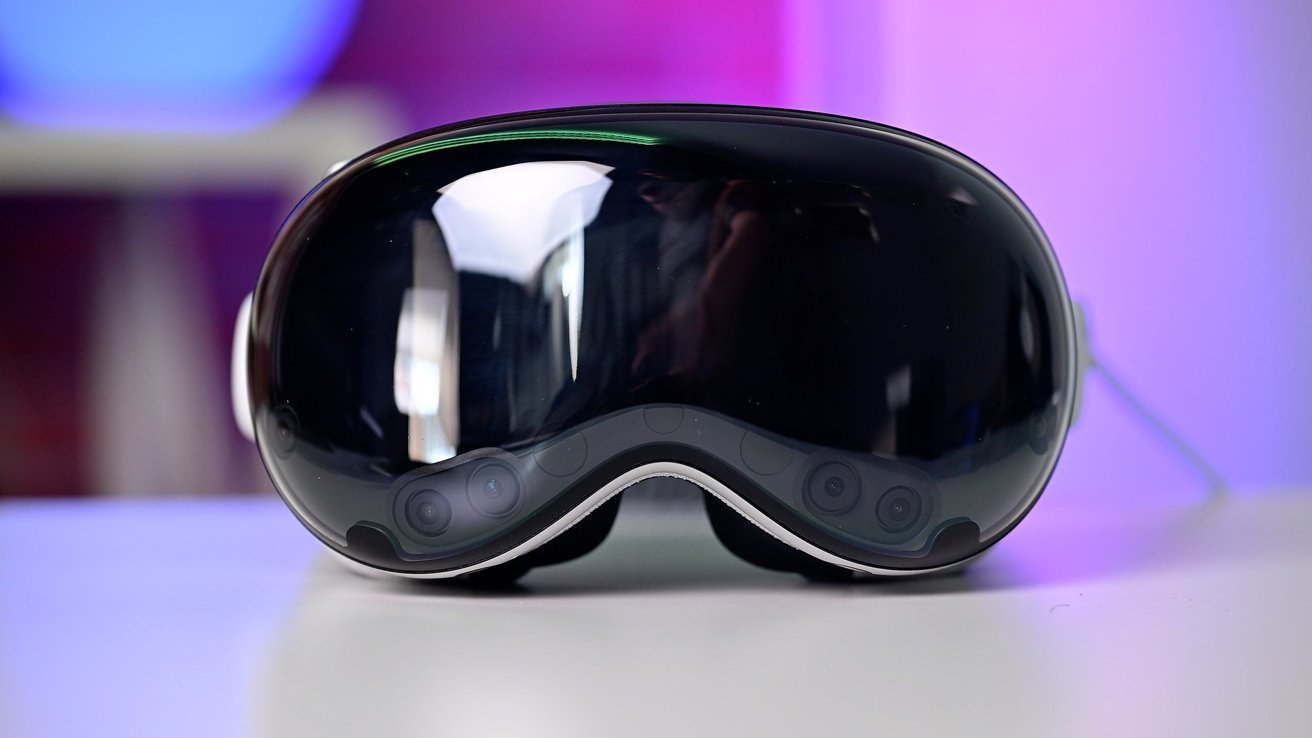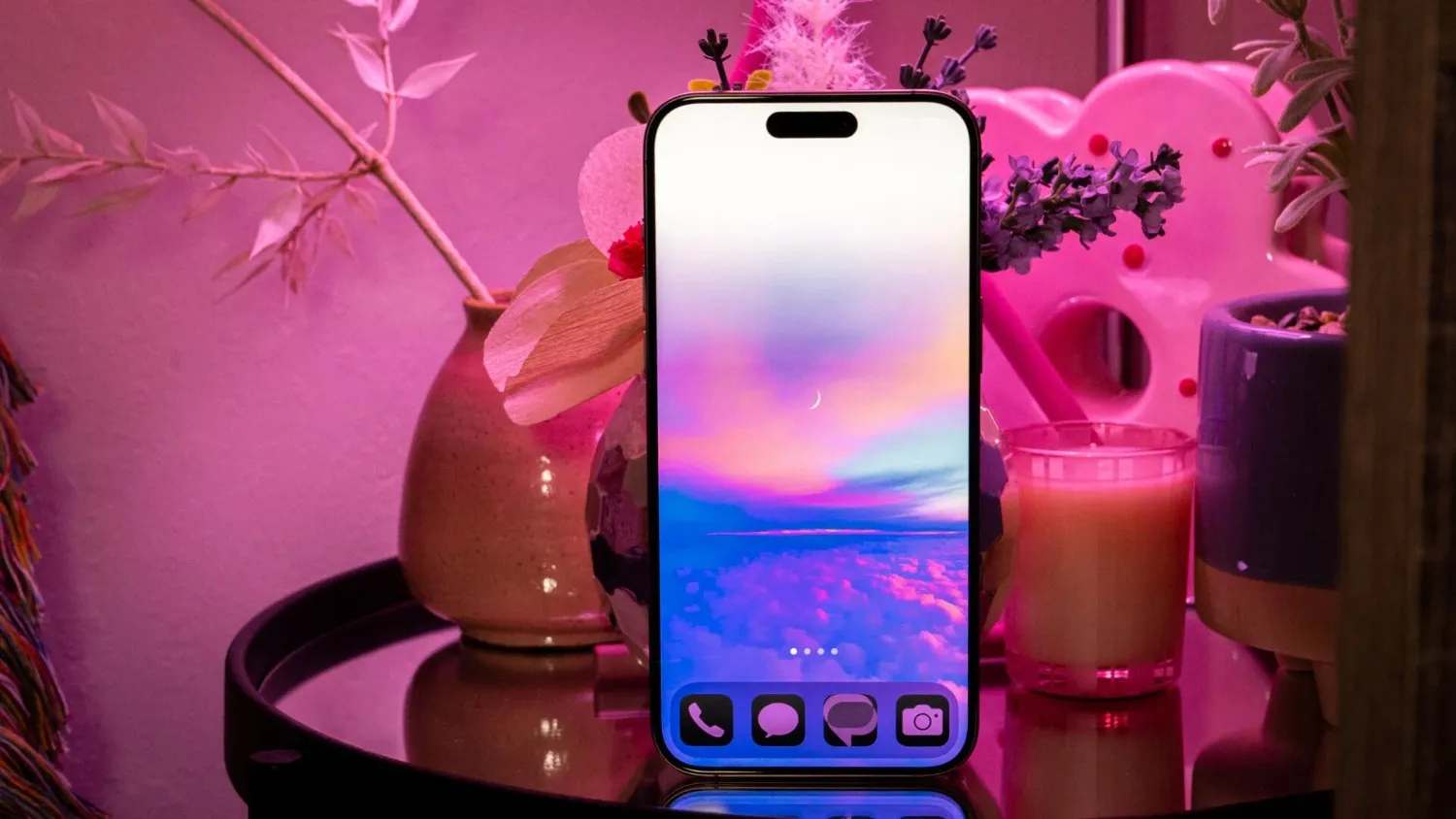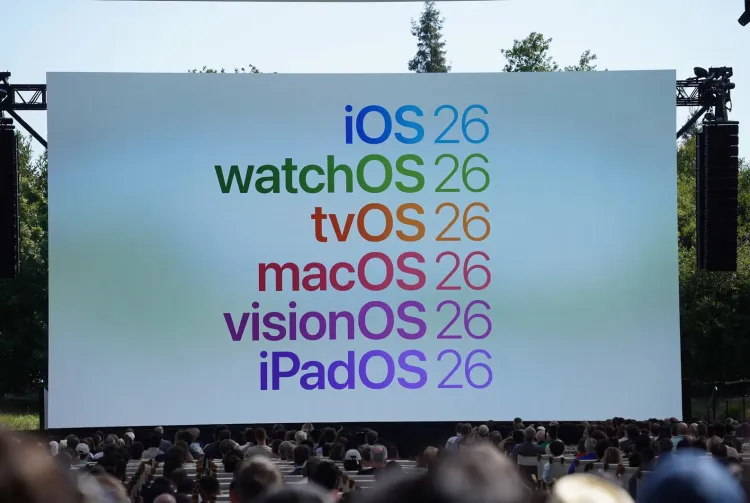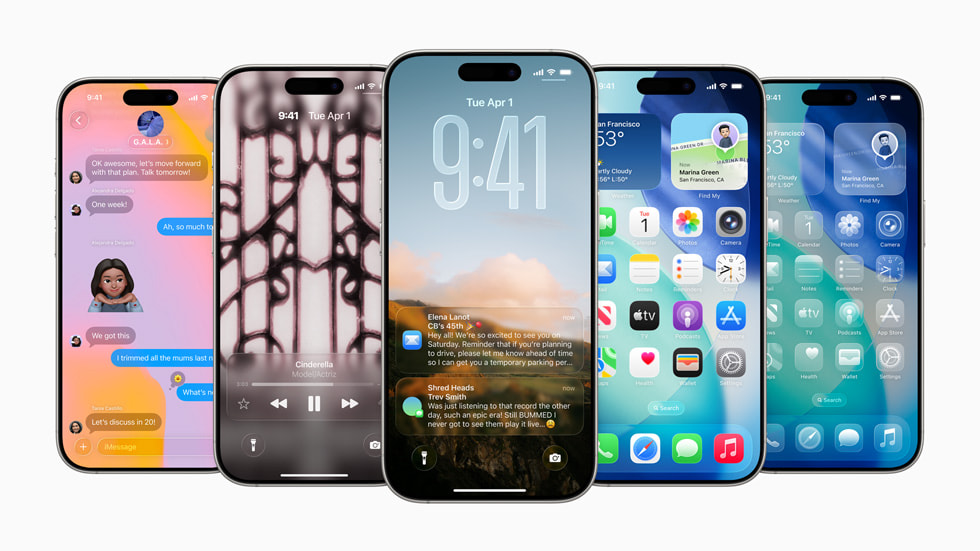Apple has just shared the second test versions (betas) of new software updates with developers. These updates include visionOS 2.4 for Vision Pro, tvOS 18.4 for Apple TV, watchOS 11.4 for Apple Watch, macOS Sequoia 15.4 for Mac, and iOS 18.4 for iPhone. This comes two weeks after the first test versions were released. Developers can grab these updates through the Settings app on each device if they’re signed up with Apple.
The Vision Pro’s visionOS 2.4 update stands out because it adds Apple Intelligence features for the first time. These include tools for writing, creating custom emojis, making memory videos, editing images, sorting notifications, and connecting with ChatGPT. There’s also a new Spatial Gallery app showing off cool 3D videos, photos, and panoramas from artists and creators.
Plus, a Vision Pro app for iPhone lets users manage their headset, find apps, and add stuff to a watch list. With iOS 18.4, your iPhone can set up a Guest Mode for Vision Pro, letting others try it easily while you control what they see. These updates will launch fully in early April.
For Mac users, macOS Sequoia 15.4 brings a smarter Mail app that sorts emails into categories like deals, news, and important messages. Apple News+ fans get a new food section with recipes and restaurant stories, while Photos gains memory video options. Apple Intelligence also adds support for more languages. This update will roll out in early April, too.
On the iPhone side, iOS 18.4 beta now works on iPhone 12 models and the new iPhone 16e after fixing a glitch that caused some devices to freeze. It also brings Visual Intelligence to iPhone 15 Pro models—a feature that uses the camera to explain objects or places around you.
New emojis like tired eyes, a shovel, and a fingerprint are included too, along with quick Apple Intelligence shortcuts in Control Center. These updates show Apple’s focus on making devices smarter and easier to use. Full releases are planned for early April, giving everyone a chance to enjoy the changes soon!








